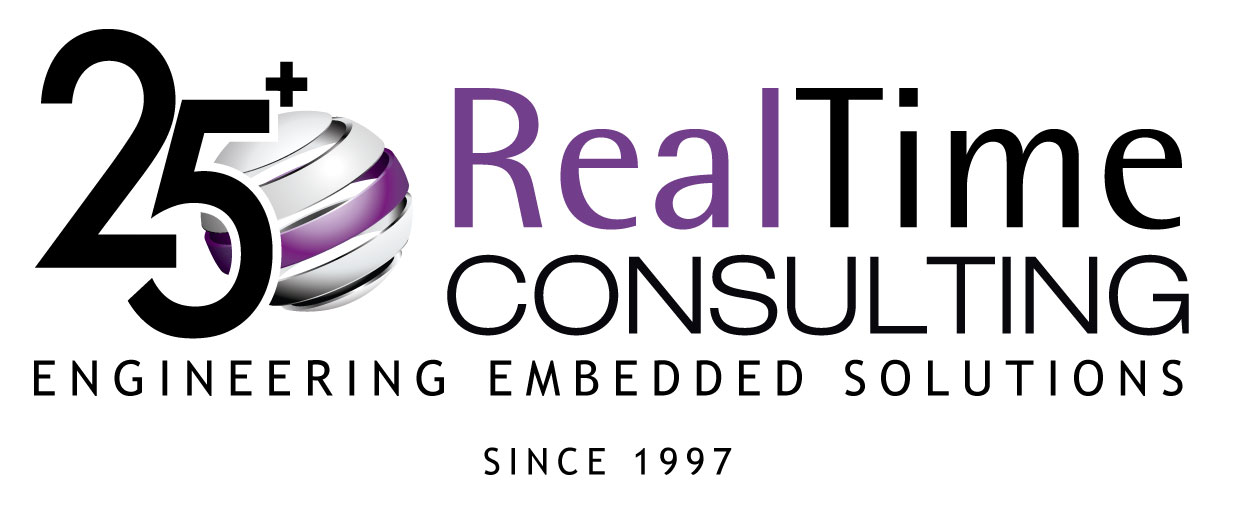AEROSPACE
Embedded Engineering Excellence Combined with Detailed Project Management
Real Time works with Fortune 500 avionics and aircraft engine companies as well as aerospace OEMs in the US and Europe. Real Time teams work in openness and transparent cooperation to our Clients project's successes.
AEROSPACE CAPABILITIES
Avionics, APUs & Propulsion
Real Time specialize in the analysis, architecture, system and software design, code development, integration, as well as the verification and validation of aerospace engineering projects.
Providing Multi-Discipline Embedded Services to the Aerospace Industry

Aircraft Types
Commercial Fixed Wing
____
Military Fixed Wing
____
General Aviation
____
Commercial Rotary Wing
____
Military Rotary Wing
____
Fuel Cell Controllers

Standards
ARP-4754, DO-178, DO-254
____
MIL-STD-498, MIL-STD-1679
____
All Input/Output Standards
____
All LRU Standards
____
Data Busses
____
Navigation, Terrain, Performance Databases
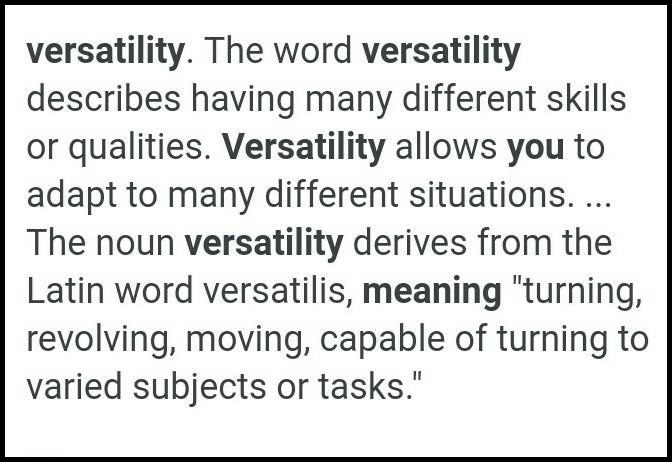
Versatility
Real Time Operating Systems
____
Development Environments
____
Hardware Platforms
____
Computer Languages
____
Designs & Architectures
____
Configuration Management &
Problem Tracking Systems
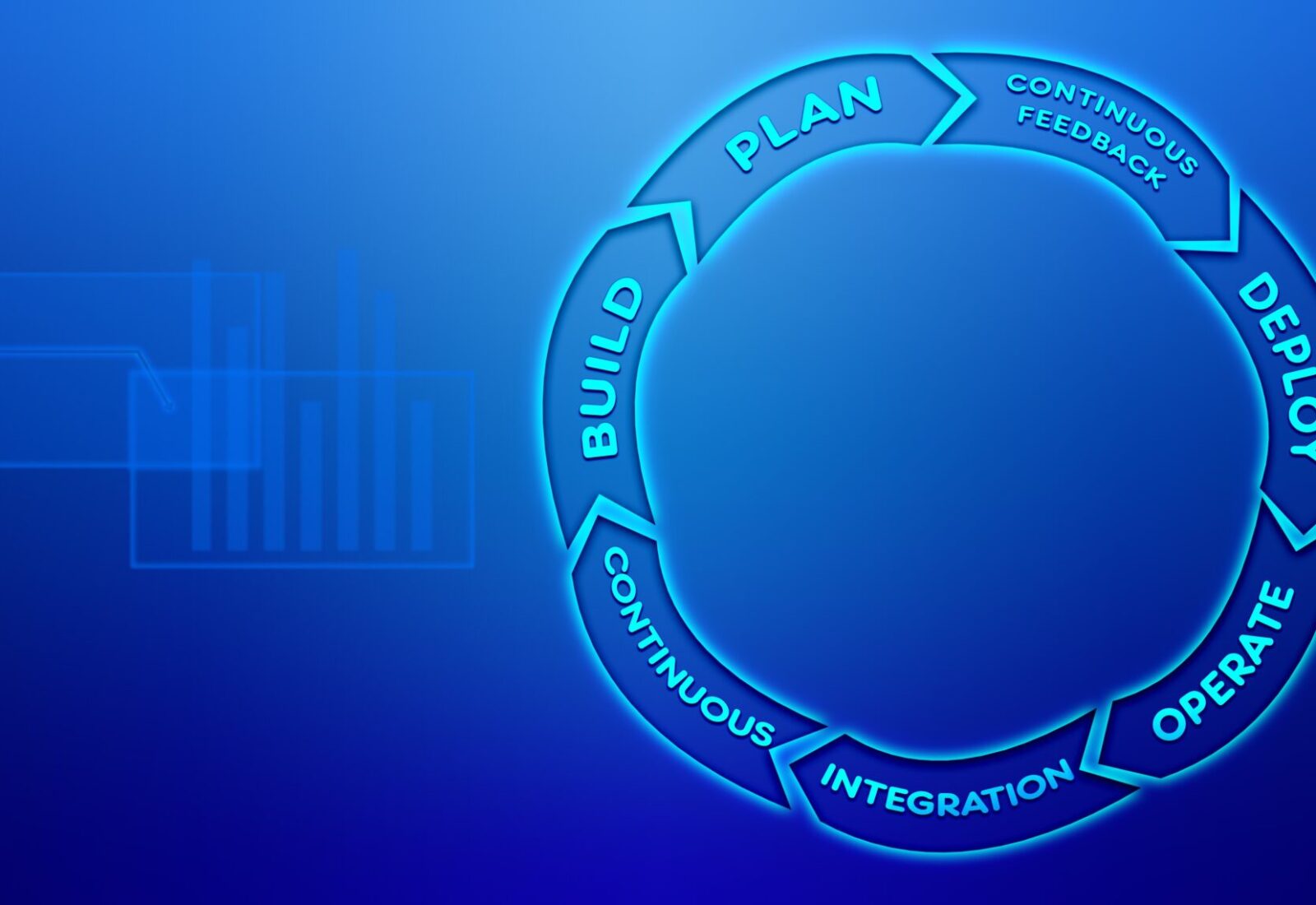
Services
____
____
____
____
____
____
Through Client Partnerships, Real Time creates World-Class Innovative Solutions
Examples of Real Time's Client Partnered Projects

Flight
Management
Providing Guidance, Navigation, & Control
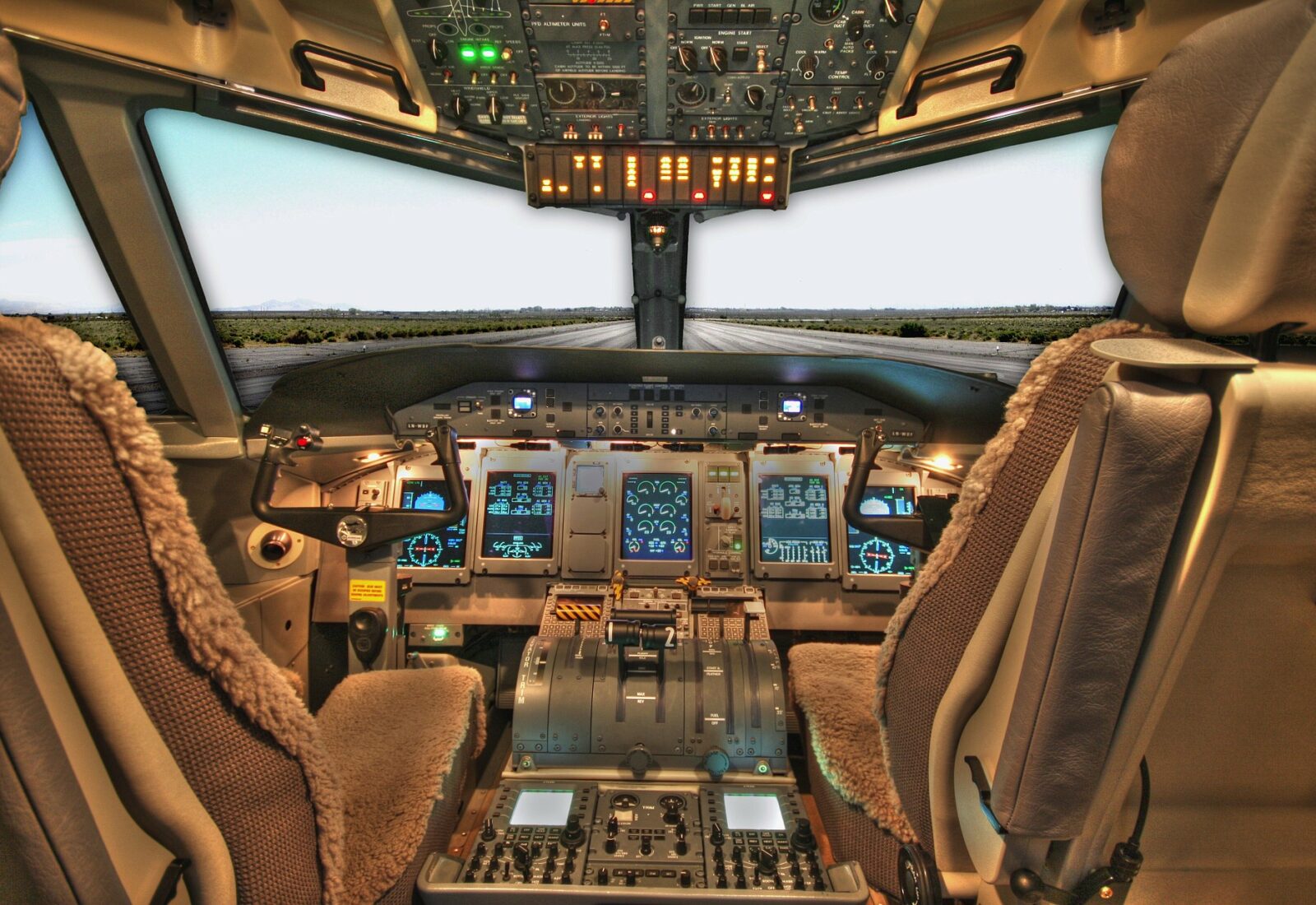
Primary &
Multi Displays
Providing System Information & Visual Displays

Aircraft
Platforms
Providing the LRU Backbone Power, & Data Busses
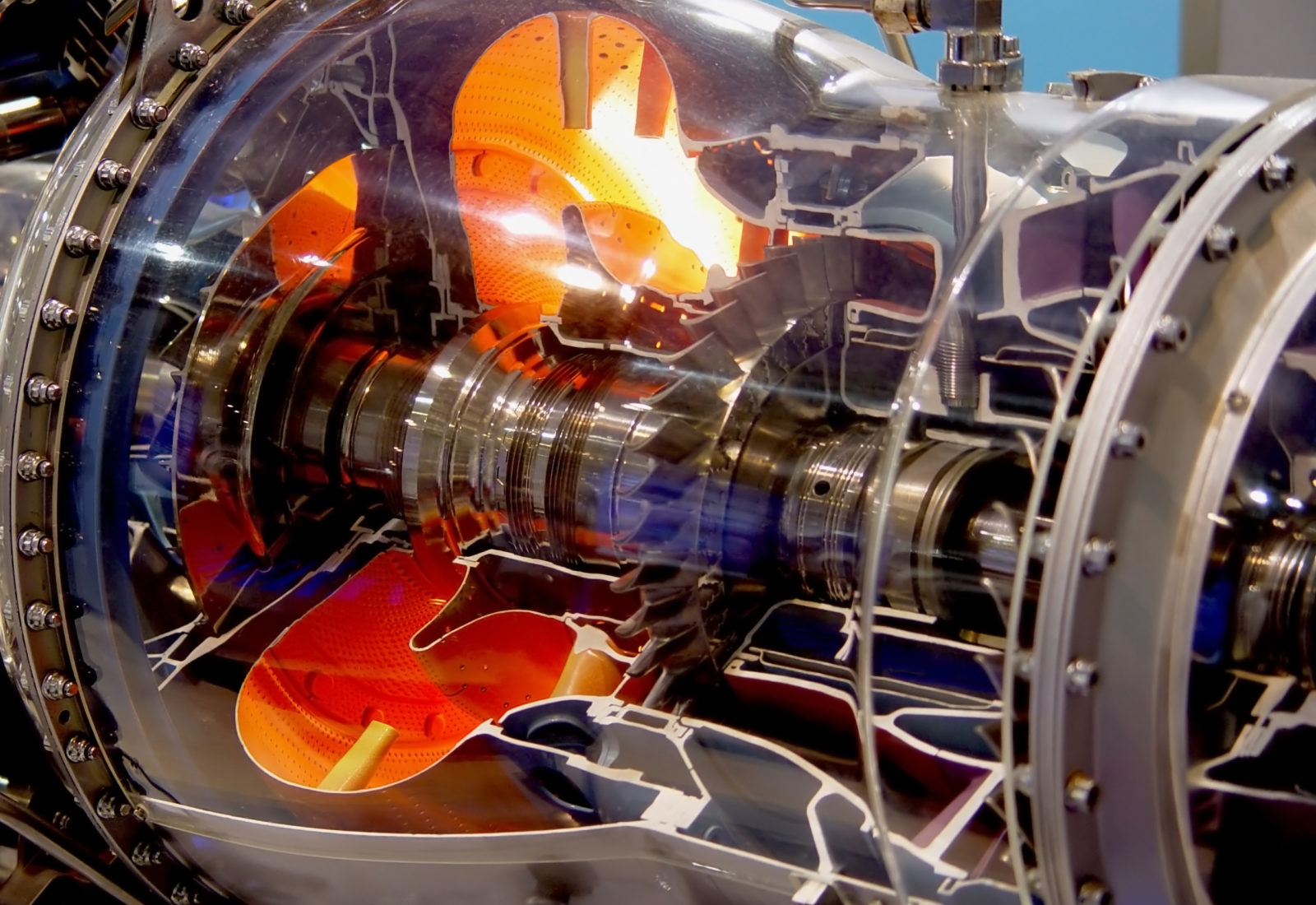
Propulsion &
Auxiliary Power
Providing all of the Aircraft's Power Needs
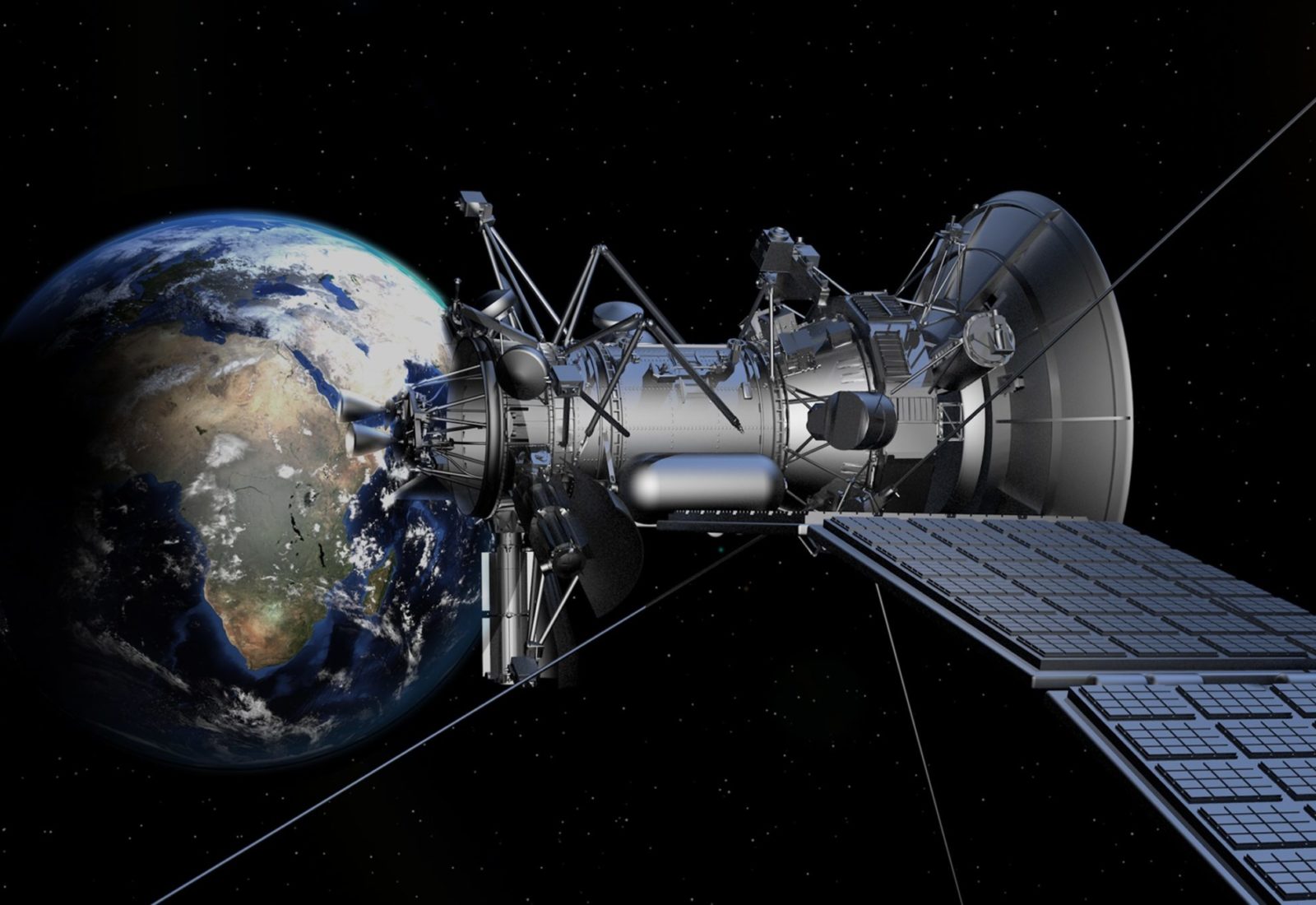
Communication
Systems
Providing Communication via Datalink & SATCOM

Maintenance
Systems
Gathering Data & Communicating with All LRUs

TCAS &
ADS-B
Keeping aircraft from flying
into each other

Terrain
Awareness
Keeping aircraft from flying into the ground

Flight
Controls
Controlling all of the aircraft's flight surfaces

